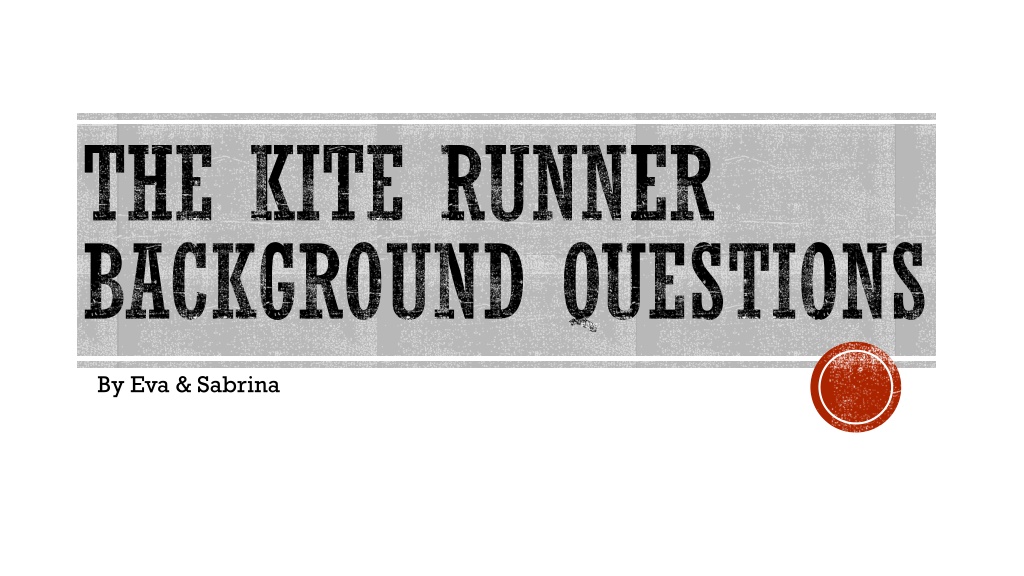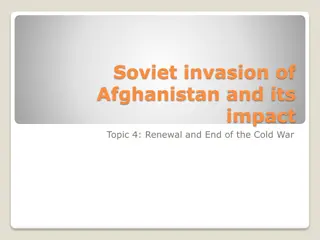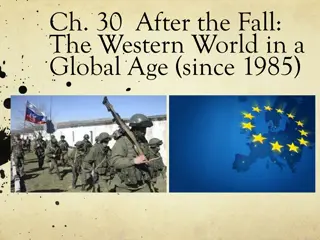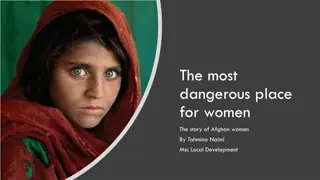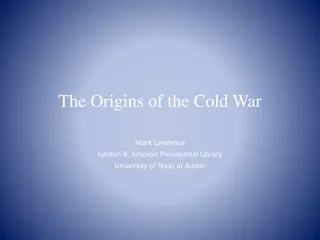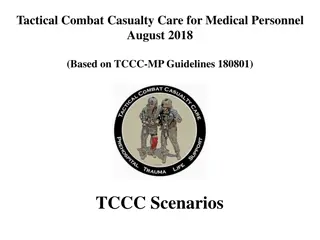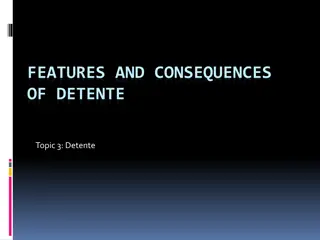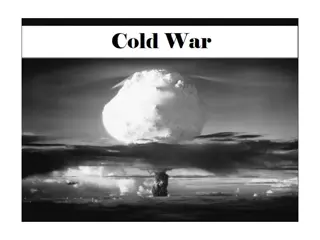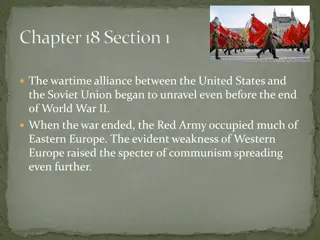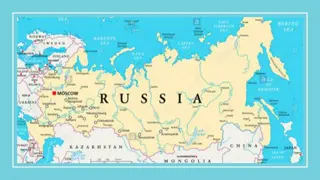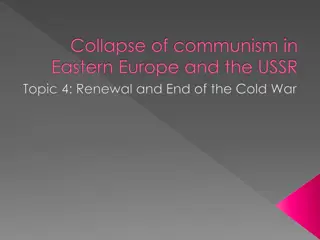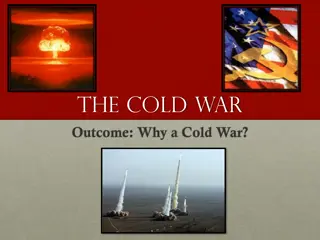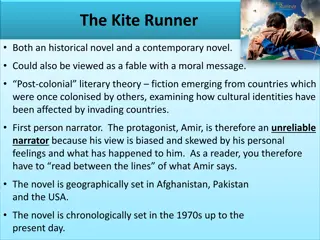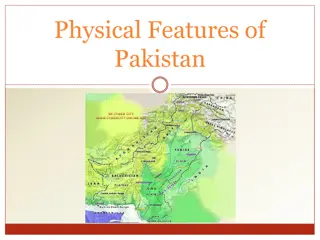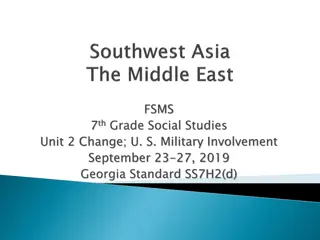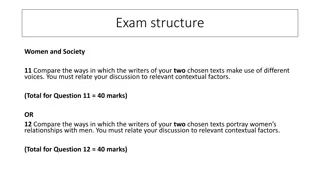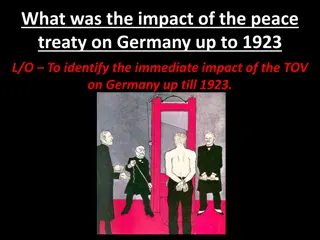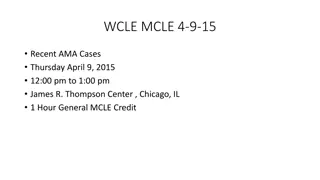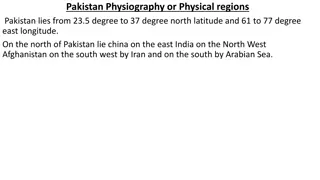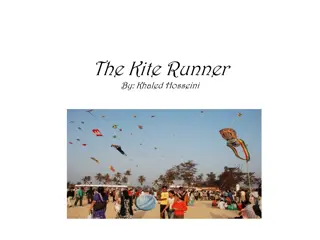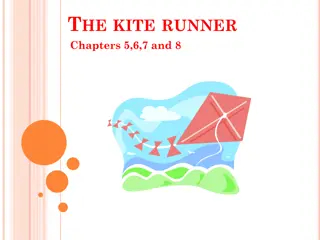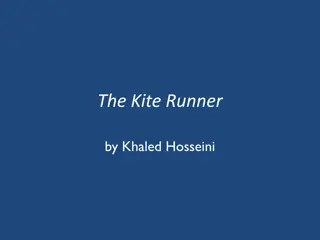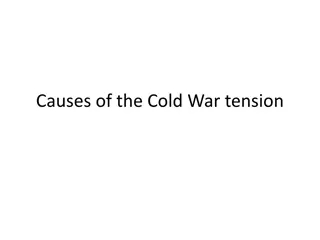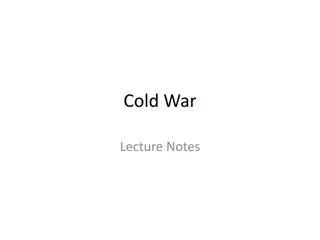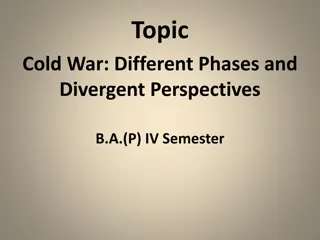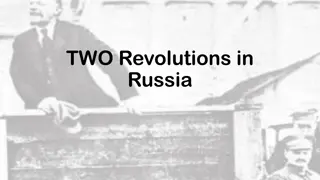Impact of Taliban and Soviet Occupation on Afghanistan
Life under the Taliban regime in Afghanistan was marked by strict rules and harsh restrictions, especially for women. The people faced curfews, limitations on education and work, and severe punishments for non-compliance. The Soviet occupation brought its own set of challenges, with significant changes in societal norms, economic devastation, and a shift towards becoming one of the poorest nations in the world.
Download Presentation

Please find below an Image/Link to download the presentation.
The content on the website is provided AS IS for your information and personal use only. It may not be sold, licensed, or shared on other websites without obtaining consent from the author. Download presentation by click this link. If you encounter any issues during the download, it is possible that the publisher has removed the file from their server.
E N D
Presentation Transcript
THE KITE RUNNER BACKGROUND QUESTIONS By Eva & Sabrina
TALIBAN IN AFGHANISTAN (WHAT WAS LIFE LIKE FOR THE PEOPLE UNDER THE TALIBAN REGIME?) Women could not go out without a male escort There were curfews Learning was banned Women could not work No kite flying, no shaving beards, no music Women were forced to wear a burqa (a fabric/cover women would wear to cover themselves head to toe) People were severly punished if they did not follow those rules All afghan media, news, art and entertainment were banned Men couldn t wear western style clothing
SOVIET OCCUPATION OF AFGHANISTAN: 1979 1989 The prime minister of Afghanistan who was Hafiz Ullah Amin tried to implement more western traditions into Afghan people. The strict Muslims opposed that idea and created a group called the Mujahideen. The Mujahedeen were against the communist government who was supported by USSR. Later on the USSR killed Amin and replaced him with Babak Kamal (who was in power due to the support of USSR) The USSR entered neighboring Afghanistan in 1979, attempting to shore up the newly- established pro-Soviet regime in Kabul. The purpose of the USSR was to expand their territories and gain the advantageous geographical place, which is Afghanistan. The mujahideen groups were fighting against USSR. The Mujahideen were backed primarily by the United States, Saudi Arabia, and Pakistan, making it a Cold War proxy war. The soviets eventually decided to stop as their economy wasn t doing very well and because they weren't as well experienced with the mountainous location and climate.
SOVIET OCCUPATION OF AFGHANISTAN (WHAT WAS LIFE LIKE BEFORE AND AFTER THE INVASION?) Before: Women has the right to work and get education There are boys and girl scouts The society is on a path toward a more open, prosperous society Relatively prosperous, high fertility retained its traditional dress and style Kids were able to grow in a safe environment, unafraid of extremist influence After: Millions of Afghans had to seek refuge in neighboring countries Many didn t have a home and dies of starvation Homes, agriculture and everything was left in ruins Mines were still a hazard even after the invasion Became one of the poorest nations in the world Destroyed a lot of the infrastructure
BIBLIOGRAPHY Effects - Soviet Invasion of Afghanistan. Google Sites, https://sites.google.com/site/sovietinvasionofafghanistan/soviet-withdraws/effects. Ingersoll, Geoffrey. Astonishing Pictures Of Afghanistan From Before The Wars. Business Insider, Business Insider, 8 Feb. 2013, https://www.businessinsider.com/astonishing-photos-of-prewar-afghanistan-show- everyday-life-in-peaceful-kabul-2013-2#kids-grew-up-in-a-safe-environment-unafraid- of-extremist-influence-19. Soviet Afghan War. Wikipedia, Wikimedia Foundation, 3 Oct. 2019, https://en.wikipedia.org/wiki/Soviet Afghan_War. Taylor, Alan. Afghanistan in the 1950s and '60s. The Atlantic, Atlantic Media Company, 2 July 2013, https://www.theatlantic.com/photo/2013/07/afghanistan-in-the-1950s-and- 60s/100544/. Taylor, Alan. The Soviet War in Afghanistan, 1979 - 1989. The Atlantic, Atlantic Media Company, 4 Aug. 2014, https://www.theatlantic.com/photo/2014/08/the-soviet-war-in- afghanistan-1979-1989/100786/. Top 5 Million Things Banned by the Taliban. Village Voice, https://www.villagevoice.com/2010/05/06/top-5-million-things-banned-by-the- taliban/. The Cold War. Ducksters Educational Site, https://www.ducksters.com/history/cold_war/soviet_afghanistan_war.php.
